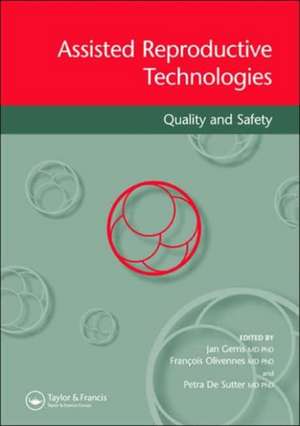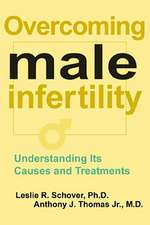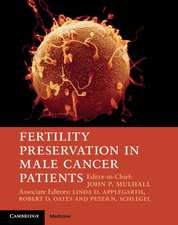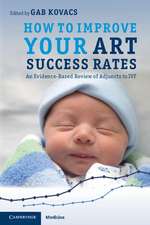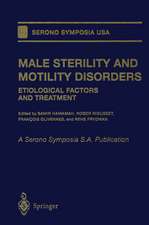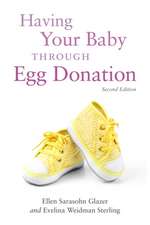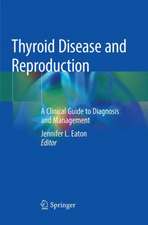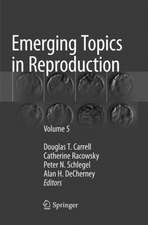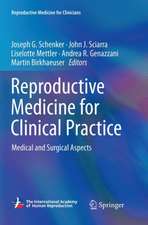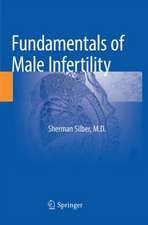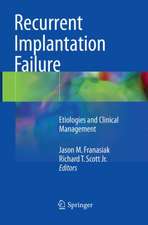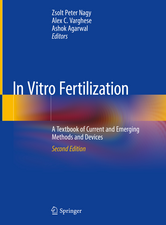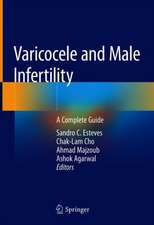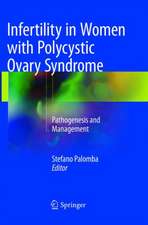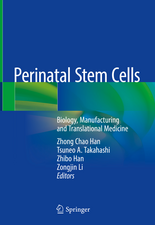Assisted Reproductive Technologies: Quality and Safety
Editat de Jan Gerris, François Olivennes, Petra de Sutteren Limba Engleză Paperback – 9 aug 2004
Putting the intricacies of reproductive health in the spotlight, the book describes side-effects, risks, and complications related to ART treatments. It discusses ovarian hyperstimulation syndrome, demonstrates the impact of judicious elective single embryo transfer, and focuses heavily on multiple pregnancy as the major risk factor of ART. The editors highlight the relatively less likely, but important risks of oncogenic complications, bleeding at the time of ovum retrieval, and the even smaller but still existing risk for maternal mortality. They include discussions of non-medical factors that can have a major impact on people's lives such as psychological, sexual, financial, moral, ethical, and philosophical dilemmas.
In today's litigious climate, modern management of any clinic is all about minimizing risks and complications. Thoroughly addressing quality and safety issues in ART, this book provides succinct, up-to-date information on quality care in reproductive medicine.
Preț: 342.01 lei
Preț vechi: 425.60 lei
-20% Nou
Puncte Express: 513
Preț estimativ în valută:
65.46€ • 71.13$ • 55.03£
65.46€ • 71.13$ • 55.03£
Carte tipărită la comandă
Livrare economică 21 aprilie-05 mai
Preluare comenzi: 021 569.72.76
Specificații
ISBN-13: 9781842143131
ISBN-10: 1842143131
Pagini: 302
Ilustrații: 85 b/w images and 10 line drawings
Dimensiuni: 210 x 297 x 17 mm
Greutate: 0.56 kg
Ediția:1
Editura: CRC Press
Colecția CRC Press
Locul publicării:Boca Raton, United States
ISBN-10: 1842143131
Pagini: 302
Ilustrații: 85 b/w images and 10 line drawings
Dimensiuni: 210 x 297 x 17 mm
Greutate: 0.56 kg
Ediția:1
Editura: CRC Press
Colecția CRC Press
Locul publicării:Boca Raton, United States
Public țintă
Professional and Professional ReferenceCuprins
OVARIAN HYPERSTIMULATION SYNDROME. Epidemiology and Pathophysiology. Clinical Management and Therapy. Prevention in IVF and Non-IVF. MULTIPLE PREGNANCY. Epidemiology. Obstetrics Risks and Neonatal and Perinatal Complications of Twin Pregnancy and High-Order Multiple Pregnancy. Prevention of Multiple Pregnancies in Non-IVF Treatments. SINGLE EMBRYO TRANSFER. Patient Selection. Selection of the Putative High-Competence Embryo. Impact of eSET on the Total and Multiple Ongoing Pregnancy Rate. Elective Single Embryo Transfer in the First IVF/ICSI Cycle. National Experience with eSET. Laboratory Procedure as Relevant to Twin Prevention. OTHER AREAS OF ART. Health-Economic Considerations Regarding SET versus DET. Oncogenic Considerations Regarding Azoospermic and Severely Oligospermic Males. Perimplantation Genetic Diagnosis: Risks and Complications. Preimplantation Aneuploidy Screening: Myths and Facts. Congenital Anomalies after IVF/ICSI. Miscellaneous Risks and Complications. Psychological and Psychosexual Complications of ART. Philosophical and Ethical Considerations.
Notă biografică
Jan Gerris MD PhD is Professor of Obstetrics, Gynecology & Fertility, Middelheim Hospital, Antwerp, BelgiumFrançois Olivennes MD PhD is Professor of Reproductive Medicine, Hôpital Cochin, Paris, FrancePetra De Sutter MD PhD is Professor at the Centre for Reproductive Medicine, Ghent University Hospital, Ghent, Belgium
Descriere
Worldwide, approximately 500,000 in vitro fertilization cycles are performed every year. Although the best possible result is a healthy child, the technology carries a number of varying risks and complications leading to a trade-off between the efficacy of these treatments and their quality and safety. This book reviews the quality control and safety of major techniques in reproductive medicine, including their etiology, management, and prevention. It focuses heavily on multiple pregnancy as the major risk factor of ART. The book is aimed at all professionals involved in assisted reproductive technologies: clinicians, embryologists, and paramedical personnel working in an IVF/SCSI unit.
